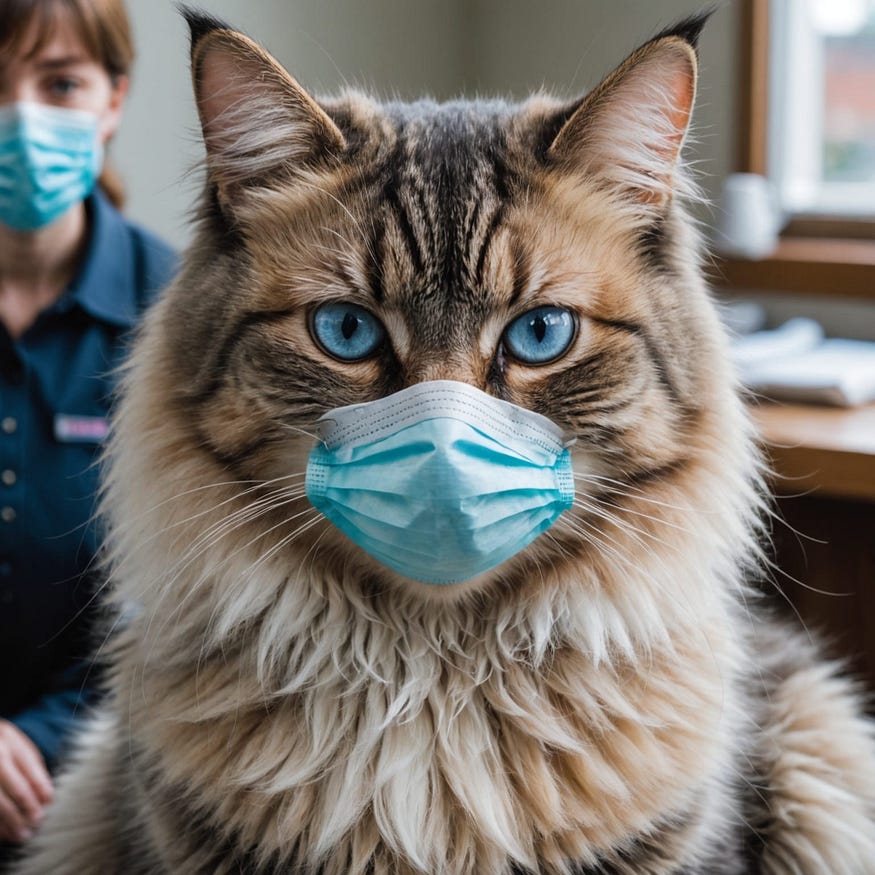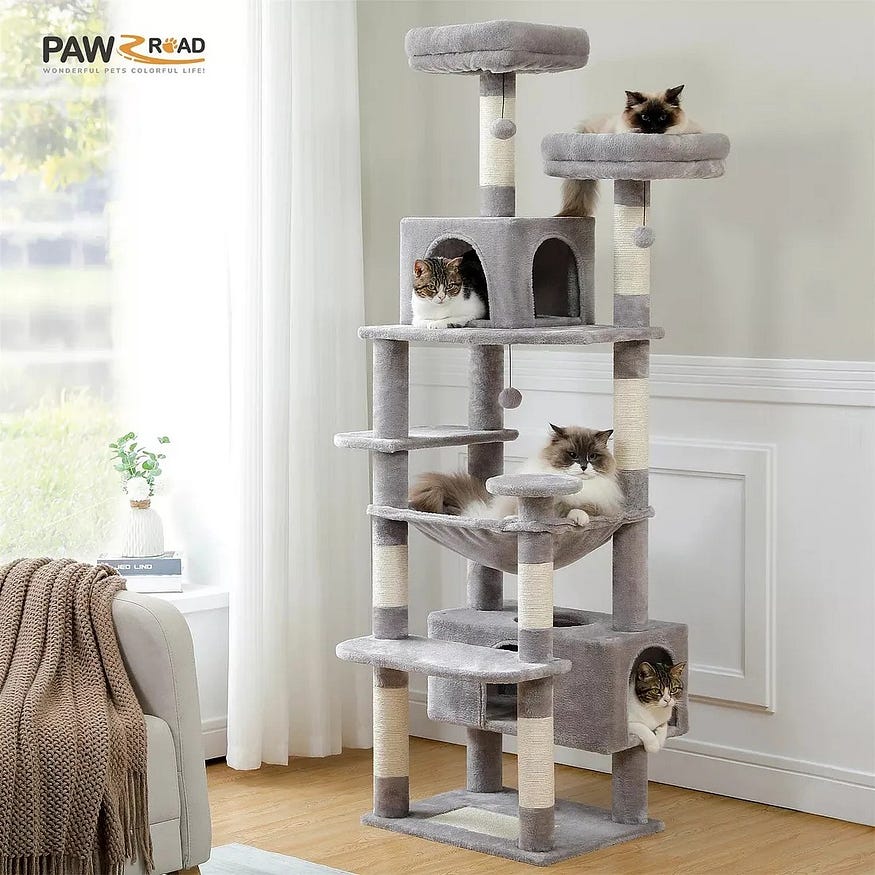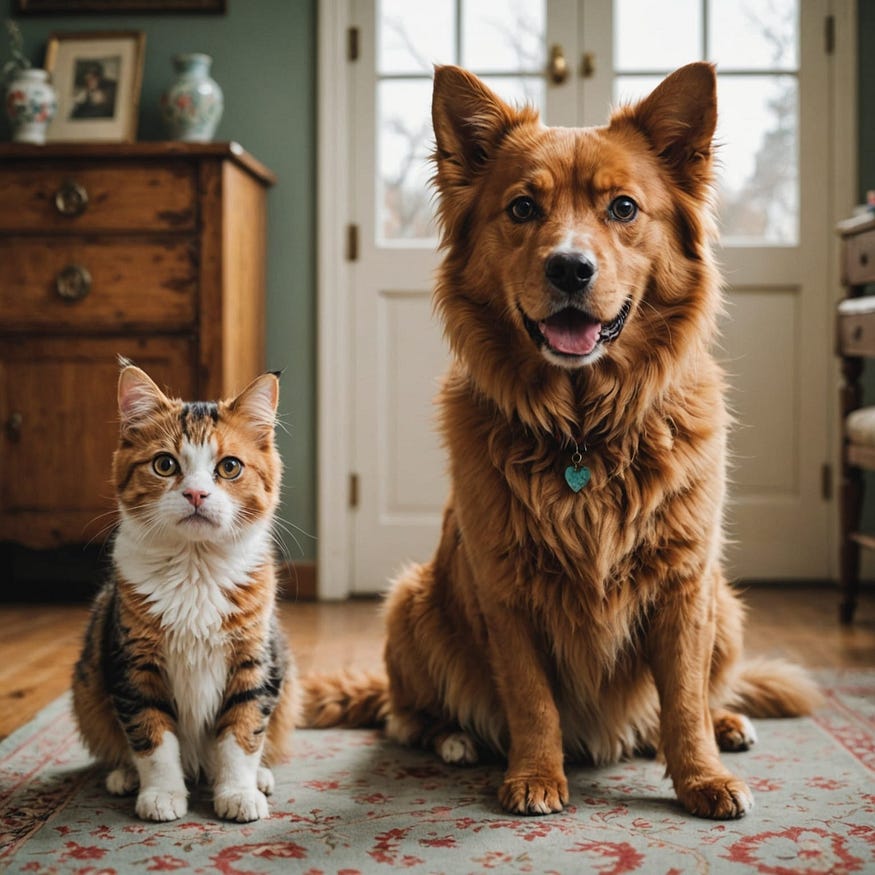Expert Strategies to Safeguard Your Feline from Bird Flu, and Reduce Transmission Risks to Humans

This post can be read on Medium
Written by Xena
Introduction
Bird flu (avian influenza) is a virus that primarily affects poultry. In recent times, however, it has been the subject of much discussion in veterinary and medical circles worldwide. Although the primary concern is poultry, isolated cases have emerged in household pets, including cats.
In this article, we present verified facts about the virus, focusing on its symptoms, diagnosis, treatment, preventive measures, and the potential (yet very rare) risk of transmission from cats to humans.
What Is Bird Flu and How Does It Affect Cats?
Bird flu is caused by various strains of avian influenza viruses. While many of these strains are specific to birds, some can adapt to infect other animal species. Although cats most commonly suffer from other respiratory illnesses, there have been documented cases where a cat contracted the virus, typically after contacting infected birds or their remains.
Cat symptoms can range from mild respiratory distress to more serious complications, such as high fever, persistent coughing, labored breathing (dyspnea), lethargy, and loss of appetite. It is worth noting that only certain virus strains show the capability to infect cats, making such cases rare, though they may pose a threat to your pet’s health.
Recognizing the Key Symptoms and Diagnosing the Disease
Early detection of symptoms is critical for a successful treatment. The most common signs to watch for in your cat include:
- High Fever: A noticeable rise in body temperature.
- Respiratory Issues: Frequent coughing, labored breathing, and sometimes nasal or ocular discharge.
- Lethargy and Loss of Appetite: Unexplained tiredness and decreased food intake.
- Behavioral Changes: Unusual inactivity or changes in social interaction.
If you observe any of these symptoms, contact your veterinarian immediately. A thorough clinical examination will be performed, and in cases where avian influenza is suspected, laboratory tests are recommended to confirm the presence of the virus.
Timely diagnosis can be crucial in ensuring effective treatment and in preventing further spread among other pets.
Preventive Measures for Cat Owners
Prevention is the best defense against bird flu. Here are some recommended practices for cat owners to minimize the risk of infection:
- Limit Exposure to Wild Birds: If your cat enjoys roaming or hunting, try to restrict its outdoor activities, especially during bird migration periods, to reduce the chance of encountering infected birds.
- Regular Vet Check-Ups: Routine veterinary visits can help in the early detection of any emerging health issues.
- Isolation: In homes with multiple pets, isolate any animal that shows symptoms of illness to help prevent virus spread.
- Maintain Hygiene: Regularly clean and disinfect areas where your cat spends time. Ensure that household members wash their hands after interacting with the pet.
- Stay Informed: Keep up-to-date with local health advisories and follow recommendations from health authorities and veterinary services, particularly during the peak season of avian influenza in birds.

Treatment and Advice for Cat Owners
Should your veterinarian diagnose bird flu in your cat, antiviral medications may be administered to alleviate symptoms and to reduce the risk of further complications.
Follow your veterinarian’s instructions carefully — do not alter the treatment plan on your own. To promote recovery, ensure your cat receives nutritious food and plenty of fluids. Monitor vital signs closely, especially temperature and breathing patterns, and seek immediate veterinary care if your cat’s condition worsens. In severe cases, hospitalization might be necessary to provide intensive care.
Assessing the Risk of Transmission to Humans
Current evidence indicates that the transmission of bird flu from cats to humans is extremely rare. To help maintain this low risk, it is advisable to observe basic hygiene practices:
- Avoid close contact with any sick animals
- Wash your hands regularly after handling your pet
- Schedule routine veterinary visits to catch any potential issues early
In the unlikely event of a local outbreak, follow the guidelines provided by health organizations such as the Centers for Disease Control and Prevention (CDC) and local veterinary authorities.
Conclusion
Although bird flu is primarily a virus that affects poultry, under certain conditions, it can infect cats. Current research shows that the risk of transmitting the virus from cats to humans remains very low.
However, close cooperation with veterinarians and adherence to recommended preventive measures are essential to safeguard the health of your pet and your family. Always prioritize professional advice and stay informed about local health updates to ensure you and your cat remain safe.
https://www.catdogwrld.com/2025/03/cat-paw-injury-treatment-trusted.html

Feel free to contact me if you need a writer
If you want to support my work, buy me a coffee for $1 by clicking the link below. This is a small amount for you, but this means a lot to me!
Greetings, and until my next article!
Xena




























